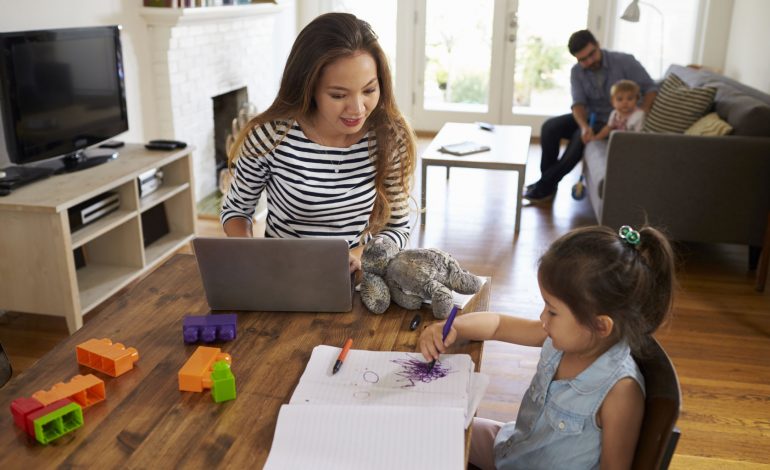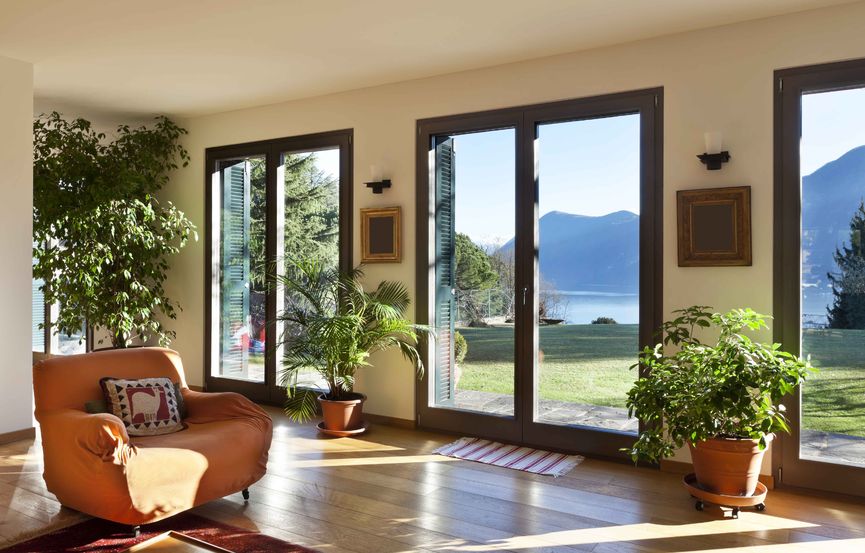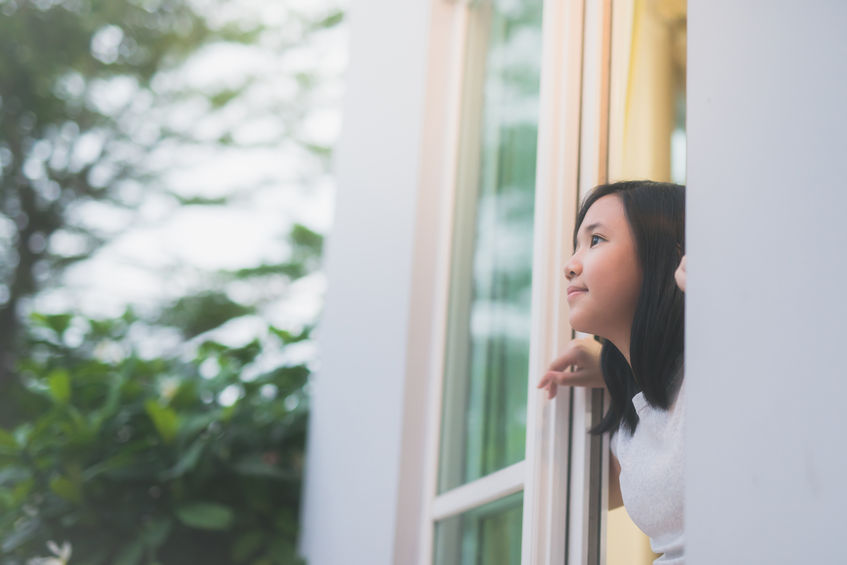
Star2 – Family
Creating a safer breathing space for your children at home

What does the word formaldehyde bring to mind? Maybe it conjures up visions of dead bodies and embalming fluid, or perhaps you’ve seen it used in shocking headlines that say it’s a dangerous chemical. So let’s break it down for you, so you know what it is, what it does, where you can find it in your own home, and how you can better deal with it.
Formaldehyde is a volatile organic compound (VOC) found in all sorts of materials (especially building materials), personal care products, plus hundreds of household and home furnishing items including wood furniture, carpets, incense and candles.
It’s present in fruits, vegetables, trees, and also in tiny amounts in animals and our own human body where it helps synthesise amino acids.
In its gaseous form, formaldehyde is literally everywhere. So why be concerned? Because it’s when the gas becomes concentrated in an enclosed area, like a house or an apartment or even an office, that formaldehyde can become one of the most common indoor air contaminants.
In higher concentrations, you could experience all sorts of nasty symptoms like itchy eyes and irritated nose, throat and skin. Research has shown that it could aggravate allergies and asthma symptoms, and long-term exposure could elevate the risk of cancer. The US National Toxicology Program even identified formaldehyde as a probable human carcinogen in 2011.
So how does formaldehyde become more concentrated in certain areas? This and other VOCs are released as gas through a process called “off-gassing”. That’s the process in which chemicals settle in an item and VOCs are released as a colourless gas.
Think of it as something like that “new car smell”, or the scent you get from a new carpet, or even that brand new flat pack chest of wooden drawers you just put together. That intriguing aroma that can last from a few hours to a week or more is what’s known as off-gassing.
What To Do To Improve Indoor Air Quality

But, while adults are better able to handle this sort of thing, there’s concern that babies, toddlers and children whose systems are still developing may not be strong enough to withstand formaldehyde for long periods. Infants and kids are also susceptible to airborne contaminants like formaldehyde when doing normal everyday things like crawling or playing on the floor.
So, limiting their exposure to formaldehyde is an important part of nurturing them and ensuring their very best start in life. Here are eight simple steps to create a formaldehyde-free environment, improve the indoor air quality in your home, and reduce your family’s risk of exposure to formaldehyde and other contaminants.
#1. Have an array of house plants such as Areca Palm, Lady Palm, Bamboo Palm, Rubber Plant, Boston Fern and Peace Lily. These plants are easy to find, easy to grow and manage, and they’re pretty too. The lilies are particularly beautiful.
#2. Control pollutant sources by removing or relocating pollutants to reduce emissions. This means shifting your aromatherapy candles and incense burners to a room less boxed in.
#3. Consider investing in an air purifier, especially one that uses an activated carbon filter to remove formaldehyde from your indoor air. There are plenty of manufacturers producing these nowadays, so getting a bargain on one isn’t hard.
#4. Reduce concentrations of indoor air pollutants by increasing the flow of outdoor air indoors. Basically, you want to let fresh air in to replace the stale air that’s been accumulated inside. Just be careful that the outside air isn’t smoggy or it’ll defeat the purpose.

#5. Use non-toxic cleaning products. This is why reading labels, especially the fine print, is important. Most labels will tell you what their products are made of. But if it doesn’t and you’re not sure, move on to the next one on the shelf.
#6. This one’s a no-brainer: Don’t smoke indoors. At all. Yes, even e-cigarettes which can have a higher concentration of formaldehyde than regular cigarettes.
#7. Limit the use of carpets. Never use them in areas where they are likely to be exposed to water or dirt, like the kitchen or near the bathroom. And they should be vacuumed regularly.
#8. The walls in your home are the largest surface areas to surround you, so you should use a reliable low/zero Volatile Organic Compound (VOC) coating for all indoor surfaces, and paints that have the ability to absorb harmful formaldehyde and refreshes the air.
Link: http://www.star2.com/family/2017/10/09/creating-safer-breathing-space-children-home/